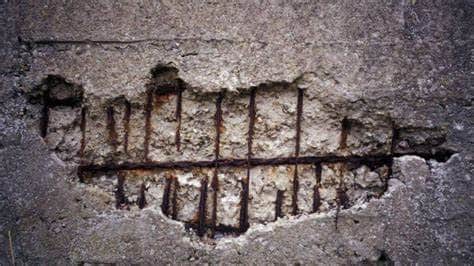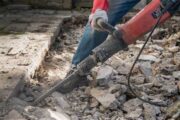How To Prevent Spalling In Concrete In Lemon Grove?

- The foundation of any durable concrete structure begins with the quality of the mix. When you use high-quality concrete with the right proportions of cement, aggregates, and water, you significantly reduce the risk of spalling. Ensure that your concrete mix meets industry standards and is properly mixed to create a strong and dense structure. Investing in quality upfront will save you from costly repairs in the long run.
- Proper curing is crucial to the strength and durability of concrete. Curing involves maintaining the right moisture levels and temperature during the initial curing period. Inadequate curing can lead to surface cracks and spalling. To prevent this, cover the newly poured concrete with wet burlap, plastic sheeting, or curing compounds. Keep the concrete moist for at least seven days, allowing it to gain the necessary strength and resist spalling.
- Sealing your concrete is a vital step in preventing spalling. Sealers protect the concrete from moisture infiltration, freeze-thaw cycles, and other damaging elements. Choose a high-quality concrete sealer that is suitable for your specific project, whether it’s a driveway, patio, or basement floor. Apply the sealer according to the manufacturer’s instructions, and reapply it periodically to maintain its effectiveness.
- Poor drainage can contribute to moisture-related problems in concrete, including spalling. Make sure that the surrounding area slopes away from your concrete structure to divert water. Additionally, install effective drainage systems, such as gutters and downspouts, to prevent water from pooling around the concrete. Proper drainage helps minimize the chances of moisture infiltration, which can lead to spalling in freezing and thawing conditions.
- In cold climates, deicing salts are commonly used to melt ice and snow on concrete surfaces. While these salts are effective, they can also be damaging. The salts penetrate the concrete, promoting freeze-thaw cycles that weaken the surface and lead to spalling. To prevent this, use alternative deicing methods such as sand or kitty litter, or opt for salt-free deicers that are less harmful to concrete surfaces.
FAQs
What Causes Concrete Spalling?
Spalling in concrete is primarily caused by moisture infiltration, freeze-thaw cycles, and the use of deicing salts. These factors weaken the concrete’s surface, leading to flaking and chipping.
Can I Repair Spalled Concrete?
Yes, spalled concrete can be repaired, but prevention is always better. Repairing spalled concrete typically involves removing the damaged area, resurfacing, and sealing. It’s best to consult a professional for proper repair methods.
How Often Should I Reseal My Concrete?
The frequency of concrete sealing depends on various factors, including the type of sealer used, the level of wear and tear, and environmental conditions. As a general guideline, reseal your concrete every 1-3 years for optimal protection.
Conclusion
Preventing spalling in concrete is essential to maintaining the integrity and longevity of your structures. By using high-quality concrete mixtures, ensuring proper curing, sealing, and drainage, and avoiding the use of damaging deicing salts, you can significantly reduce the risk of spalling. Taking these preventive measures will not only save you time and money on repairs but also ensure that your concrete structures remain strong and visually appealing for years to come. For more information, contact Concrete Contractor Lemon Grove at (619) 648-5335.

